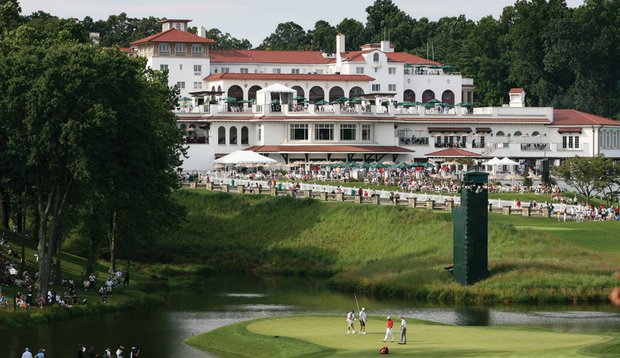PGA professionals know the game better than an other group of golfers in the industry, hands down. If you truly want to get better:
- Stop listening to your amateur buddies that can't break 90 or 100
2. Practice with a Purpose
The only thing worse than not practicing is practicing all the wrong things without knowing it (and you probably practice this way!). Please, please, please read this post if you haven't already.
3. Develop a Routine
Your routine is what gives comfort mentally when put under pressure. Watch the men and women on tour - they just do the same thing over and over again before every shot.
Should you be lucky enough to be able to attend a tour event, follow around a slightly less popular professional for 9 holes. Take note on how they physically move through their routine from shot to shot. (It will be the exact same every time)
4. Work on your Short Game
Simply put the fastest way to lower and more consistent scores is a better short game. Practice short chips, long chips, short pitches and long pitches. Practice bunker shots, flop shots, uneven lies and 50 yard wedges.
If you only have 10 minutes a week to practice, putt for five minutes (more on this in a minute) and pitch for five minutes.
5. Work on your Putting
Did you know that amateurs shooting between 85-95 use 40% of the total strokes per round on the putting green?
If you shot between 85-95 and want to shoot between 75-85 work on your 2-5 foot putts, and putts from 30-50 feet. This combination makes up 80% of putts taken.
6. Play a lot of Golf
A round a week at a minimum if you want to play your best is the requirement I place on my full time students. You should do the same.
7. Become Unconsciously Competent
Avoid thinking about your golf swing on the course, and instead play golf (not golf swing!). If you arrive on the first tee thinking about hinging your wrists, turning your shoulders and lagging the club into impact, you are in for a long round of golf.
Bonus point - have fun! If it isn't fun, why are you doing it?!





